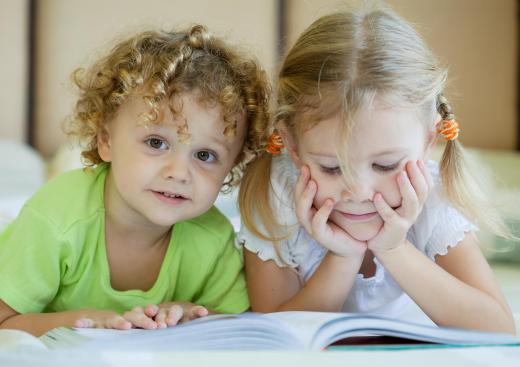According to theories, a person with a photographic memory is capable of remembering scenes and events as detailed, precise images. If you think that having a photographic memory means the world is your oyster and you can get into any college with full scholarship or a high paying job without doing much, think again. Numerous scientific studies have suggested that the photographic memory is probably purely legendary, as no demonstrations of a truly photographic memory have ever been documented. And even if it did, it won't always guarantee success in any endeavour. Remember, a person can remember everything in a test but if they're seeing the items for the first time in their lives, their memory will be of no service to them. Some people, however, have what is known as an eidetic memory, a related but somewhat different concept. There is no definitive proof on what factors can cause a person to have an eidetic memory. So a person's gender, race, or social status has no effect on it, but it sure seems like training does. The terms “eidetic” and “photographic” are sometimes confused, especially in the popular media, and some people may refer to a photographic memory when they really mean an eidetic memory. Imagine if photographic memory really existed; there will be no need to memorize long equations in Math and learning a new language will be so easy. But since there's no proof yet, then we can just settle with knowing that although currently impossible, people can learn these skills to a certain extent with practice.
Proponents of the belief that a photographic memory really does exist say that some people are capable of storing information in the form of detailed images which can be recalled at will. A person with such a memory, for example, would be able to describe a painting in detail after seeing it once, or be able to recite passages from a book he or she had only seen in passing. People are in fact capable of such feats, but this appears to be the result of rigorous mental training, rather than an actual photographic memory. So what does this mean? It means that more so than a gift, it is a skill that can be honed and utilized for goals such as getting into good schools or passing academic scholarships.

In an eidetic memory, people store visual information with a high level of precision, and this allows them to repeat information in exhaustive detail, but usually only shortly after being exposed to it. Eidetic memory appears to be most common in children, typically fading with age, and some researchers have suggested that this may be because children are more likely to store information in a purely visual way, rather than trying to verbally describe the things they see. Of course, just because it's common doesn't mean it's impossible for adults to learn it. In fact, there are students who have been known to retain information better the more they study and ready for tests or for school. For example, someone with an eidetic memory can look at a picture of a dog and later describe it very precisely, but if he or she says “dog” when looking at the image, the level of recall appears to be diminished.

In the case of individuals who have an eidetic memory, they appear to store information in fundamentally different ways which facilitate a very high level of recall. That's not to say that this can't be done with practice though. Granted, it may take longer for students to achieve, but there's no proof that it can't be done. This type of memory is not quite the same thing as the famed “photographic memory” which pops up periodically in the popular media, not least because photographic memories are often attributed to adults, and children are actually more likely to have an eidetic memory. Even though it seems impossible, up to a certain degree, this skill can be tapped and trained in a person. It will take a lot of hard work and some pretty talented tutors; but it's not an entirely impossible feat.

Numerous people throughout history have demonstrated an astounding ability to memorize things, from the lines of hundreds of plays to the details of visual scenes which they can later reproduce on a canvas. There are even disabled students who have shown exceptional recall despite cognitive challenges. These individuals have sometimes been said to have photographic memories, but the truth is that they probably trained themselves over the course of years. And if this truly is the case, then achieving this feat or even a good fraction of it should be possible. You can start your child early by supporting their formal education at school with additional training from online tutors. For professionals who work in fields where a good memory is key, such as actors, painters, and musicians, the development of various memory tricks is vitally necessary to success, and these memorization feats were achieved through hard work and dedication, not memory magic. Although there's no way to be able to replicate it, to a certain degree, it can be mimicked for the purpose of learning. A lot of educational institutions as well as non informal mentors like online tutors know of some techniques that can help students function as if they had a photographic memory.
